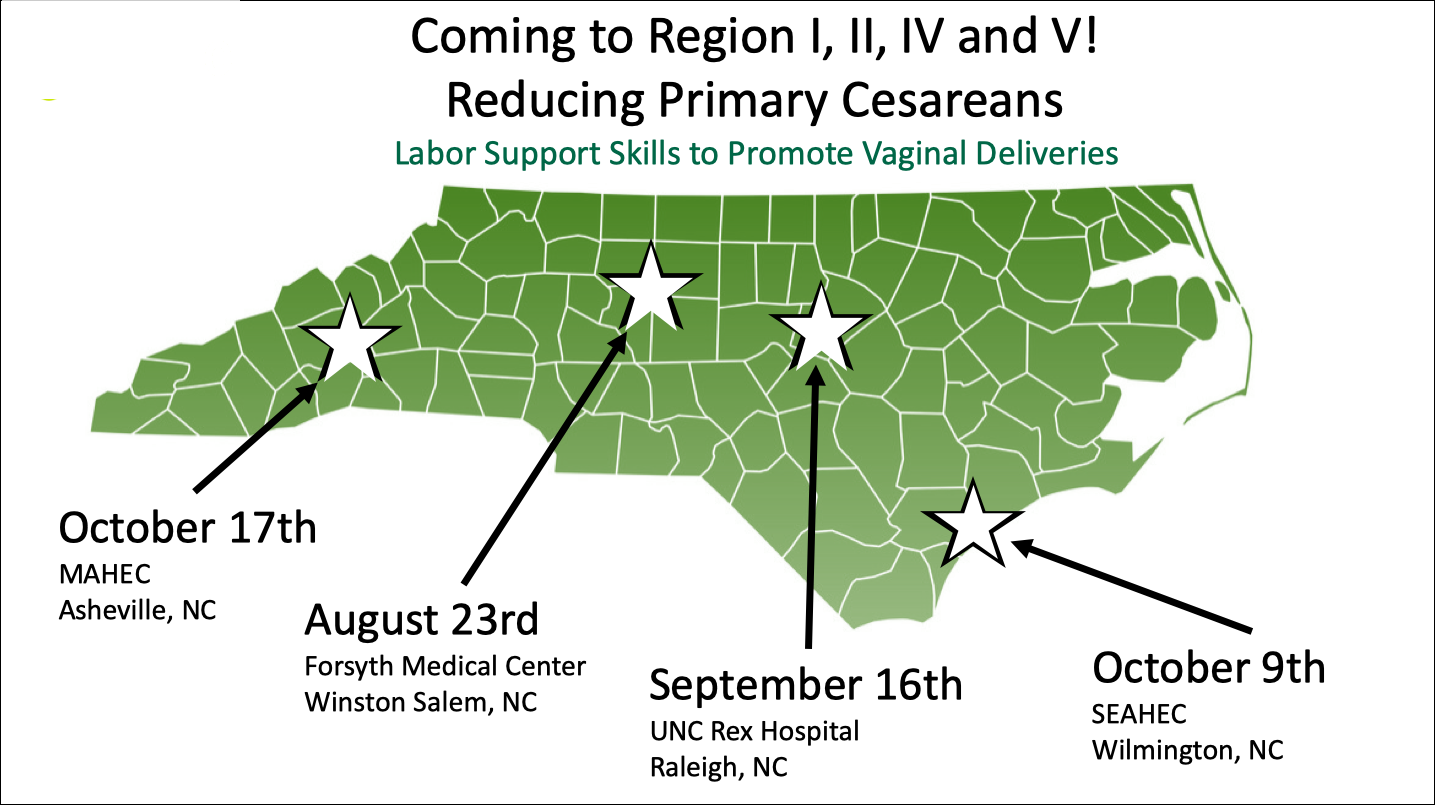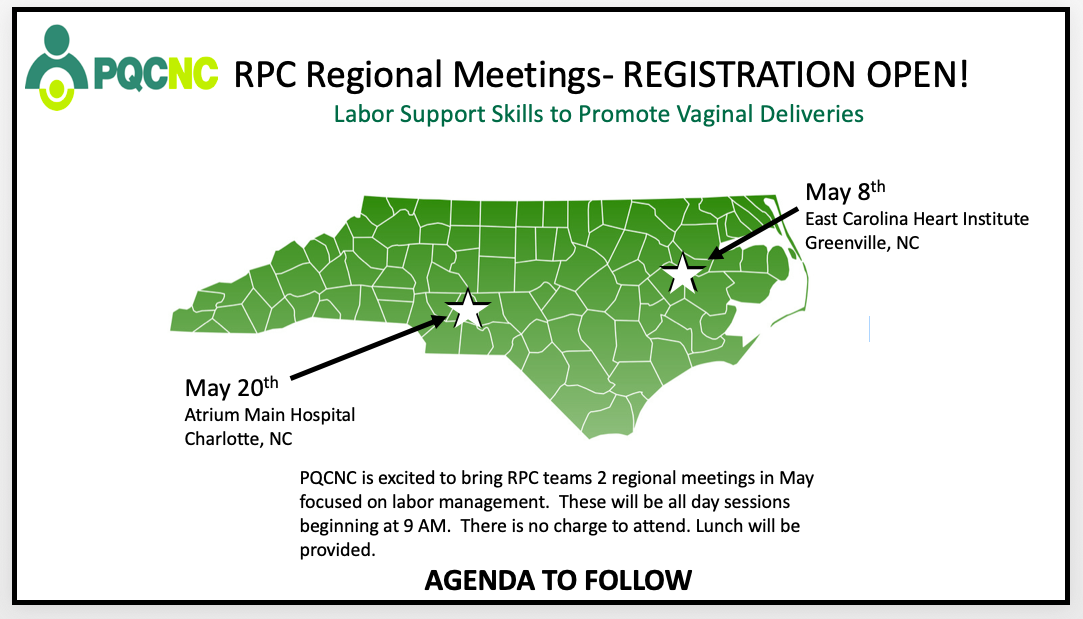A Checklist for Attitudes about Patients and Families as Advisors
A tool for exploring attitudes about patient and family involvement in their own health care and as advisors and/or members of improvement and design teams.
A Curriculum for Patient-Family Centered Care
A curriculum tool shared by Memorial Health System that includes pathways for developing skills and competencies related to patient- and family-centered care (e.g., hiring interviews, new employee orientation, training modules).
Become a Patient and Family Advisor: Working Together to Help Improve Our Hospital
A brochure that provides information on who patient and family advisors are, how they help the hospital, and who can become an advisor. Users may personalize this tool using their own hospital’s logo and information. This resource is part of AHRQ’s Guide to Patient and Family Engagement in Hospital Quality and Safety, a tested, evidence-based resource to help hospitals work as partners with patients and families to improve quality and safety.
Building the Business Case for Patient-Centered Care
An article from Healthcare Financial Management that examines financial and business benefits found to be associated with patient- and family-centered care. Potential benefits described in the article include reduced length of stay, lower cost per case, decreased adverse events, higher employee retention rates, reduced operating costs, decreased malpractice claims and increased market share.
Partnering with Patients and Families to Enhance Safety and Quality: A Mini Toolkit
A 26-page toolkit for health care leaders, clinicians, and staff that demonstrates ways to partner with patients and families to enhance quality and safety. It provides ideas and resources that support efforts to ensure patient care is safe and responsive to the needs, priorities, goals, and values of patients and their families. Materials include: application form for patient and family advisors, description of patient safety champions, tips for group leaders and facilitators, support for rapid response teams, and other selected resources.
Patient and Family Advisor Application Form
A form that advisors complete that includes basic demographic information, questions on why the applicant wants to be an advisor, and questions on prior relevant experiences as an advisor or volunteer. Users may personalize this tool using their own hospital’s logo and information. This resource is part of AHRQ’s Guide to Patient and Family Engagement in Hospital Quality and Safety, a tested, evidence-based resource to help hospitals work as partners with patients and families to improve quality and safety.
Patient and Family Advisor Information Session
A PowerPoint presentation that gives information on who patient and family advisors are, what they do, and how they help the hospital and provides tips from other advisors. Users may personalize this tool using their own hospital’s logo and information. This resource is part of AHRQ’s Guide to Patient and Family Engagement in Hospital Quality and Safety, a tested, evidence-based resource to help hospitals work as partners with patients and families to improve quality and safety.
Patient and Family Advisor Orientation Manual
A manual that provides information on hospital safety and quality, on what patient and family advisors do and how they help the hospital, and tips for being a patient and family advisor. Users may personalize this tool using their own hospital’s logo and information. This resource is part of AHRQ’s Guide to Patient and Family Engagement in Hospital Quality and Safety, a tested, evidence-based resource to help hospitals work as partners with patients and families to improve quality and safety.
Patient and Family Advisory Councils: A Checklist for Getting Started
A brief checklist of things to consider when starting a patient/family advisory council.
Patient and Family Centered Care Competency Summary
A tool for tracking observations of employee behaviors associated with patient- and family-centered care.
Powerful Partnerships: A Handbook for Families and Providers Working Together to Improve Care
A publication intended to help both family members and healthcare professionals who are working together as equal partners to improve care through multi-disciplinary teams. This 26-page handbook includes an introduction to quality improvement and collaborative processes, answers to frequently asked questions, a glossary, and resources throughout. The guide for families describes potential roles for family members, provides examples of advisors in action, and includes tips for being an effective partner. The companion piece for providers discusses benefits of partnering with families, the importance of learning from the family experience, and includes guidance for recruiting and supporting family advisors.
Presentations by Patients and Families: Staff Liaison Coordination and Preparation Roles
A tool that is meant to assist individuals fulfilling requests for patients and families as presenters. Guidance is provided regarding the following: clarification of content and logistical issues, selecting and preparing patients and families who are able to address programmatic goals, as well as steps to take for follow-up after the presentation has concluded.
QSEN (Quality and Safety Education for Nurses) Patient-Centered Care Competency
Teaching strategies from the American Association of Colleges of Nursing related to patient- and family-centered care. This resource includes curriculum, assignments, questions and other guidance that may be used for educating staff.
Sample Confidentiality Statement
Sample statement that hospitals can ask patient and family advisors or council members to sign before participating in advisory activities. This resource is part of AHRQ’s Guide to Patient and Family Engagement in Hospital Quality and Safety, a tested, evidence-based resource to help hospitals work as partners with patients and families to improve quality and safety.
Sample Invitation and Regret Letters for Advisory Council Applicants
Sample invitation and regret letters for patients and family members who have applied to be advisory council members. Users may personalize this tool using their own hospital’s logo and information. This resource is part of AHRQ’s Guide to Patient and Family Engagement in Hospital Quality and Safety, a tested, evidence-based resource to help hospitals work as partners with patients and families to improve quality and safety.
Staff Liaison to Patient and Family Advisory Councils and Other Collaborative Endeavors
A 4-page guidance publication that describes essential qualities to look for in a liaison to patient and family advisory councils, how the individual should prepare for the role, and the responsibilities of the position.
Strategies for Leadership – Advancing the Practice of Patient- and Family-Centered Care
A 20-page resource guide written for hospital executives that provides information about the concepts of patient- and family-centered care as well as guidance on how to advance such care within organizations. Case studies and a listing of additional resources and references also are featured. This resource guide is part of a toolkit developed by the American Hospital Association and the Institute for Patient-and Family-Centered Care, which was distributed to every U.S. Hospital CEO in 2004.
Strategies for Leadership – Patient- and Family-Centered Care: A Hospital Self-Assessment Inventory
An inventory that may be used by either a hospitals’ leadership team or an organizational cross-functional team (which includes patients) to evaluate the progress hospitals have made towards patient- and family-centered care and identify opportunities for improvement. This inventory is part of a toolkit developed by the American Hospital Association and the Institute for Patient-and Family-Centered Care, which was distributed to every U.S. Hospital CEO in 2004.
Tips for Group Leaders and Facilitators on Involving Patients and Families on Committees and Task Forces
A list of items to consider when selecting and preparing patients and families for committees and task forces. This 3-page resource also includes guidance for facilitating meetings and anticipating competing demands experienced by patient and family advisors.
Tips for Recruiting Patients and Families to Serve in Advisory Roles
A tip sheet that provides guidance and suggestions for how to identify and recruit patients and families to serve as advisors.
Working with Patient and Family Advisors
A PowerPoint presentation of a two-part training for clinicians and staff. Part 1, Introduction and Overview, discusses who patient and family advisors are, the benefits of working with them, and opportunities for doing so. Part 2, Building Effective Partnerships, helps clinicians and hospital staff develop partnership skills. Users may personalize this tool using their own hospital’s logo and information. This resource is part of AHRQ’s Guide to Patient and Family Engagement in Hospital Quality and Safety, a tested, evidence-based resource to help hospitals work as partners with patients and families to improve quality and safety.
PQCNC Prerequisites Follow-Up Plan
Flowchart detailing required follow-up for teams missing one or more prerequisites...
Patient- and Family-Centered Care: Partnerships for Quality and Safety
A video which describes the core concepts of patient- and family-centered care and features compelling stories from patients, families, caregivers and hospital leaders. This video is part of a toolkit developed by the American Hospital Association and the Institute for Patient-and Family-Centered Care, which was distributed to every U.S. Hospital CEO in 2004.
Sharing Personal and Professional Stories
An exercise designed to help participants develop an understanding of patient- and family-centered care by relating personally to the core philosophical concepts.
Engaging Health Care Users: A Framework for Healthy Individuals and Communities
A report from the American Hospital Association that includes a summary of the research supporting patient engagement and a description of proven methods and tools for successfully engaging patients and families. This resource is meant to give hospital and health system leaders concrete, practical steps grounded on evidence-based research to improve patient and family engagement in their organizations.



